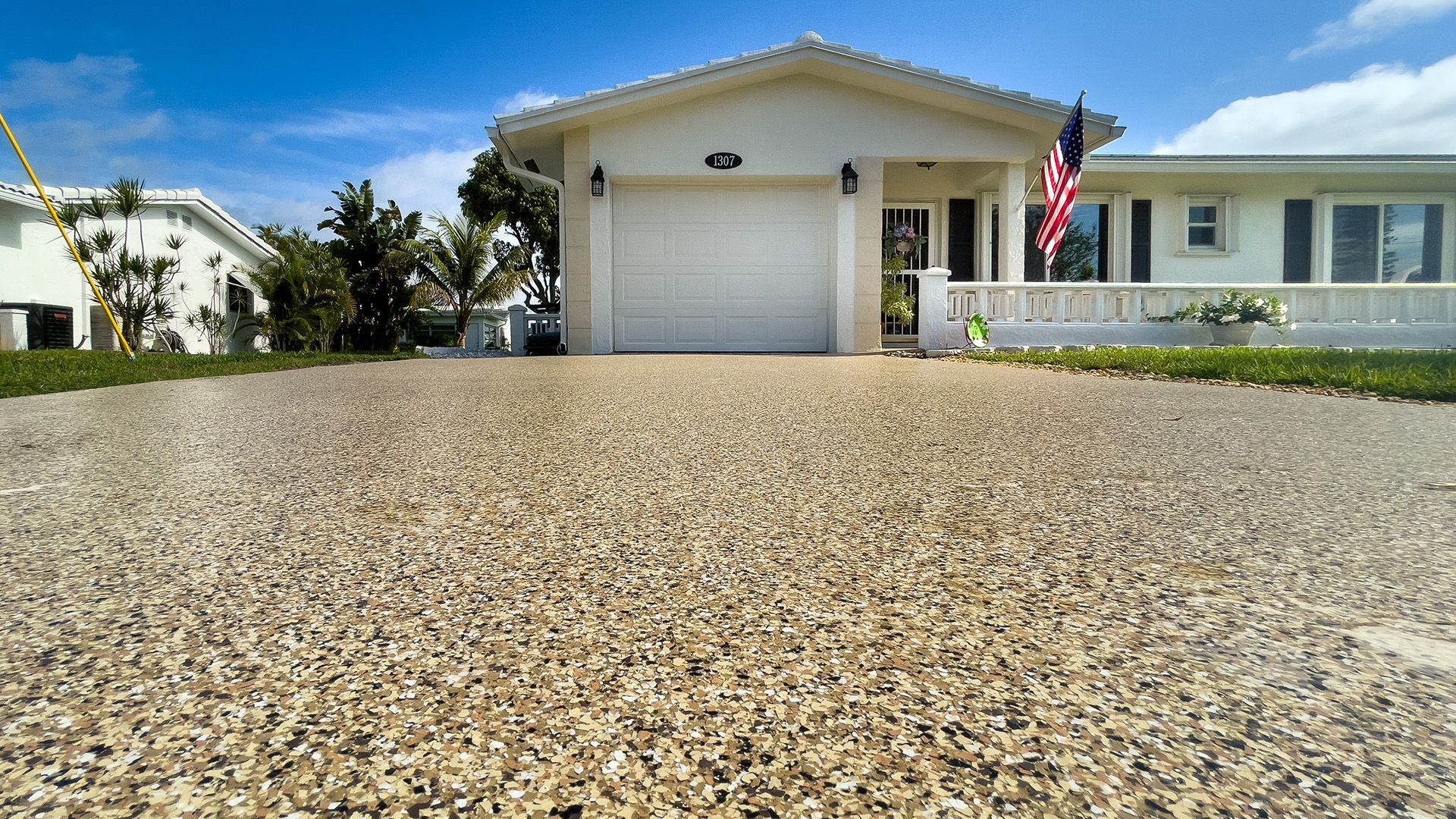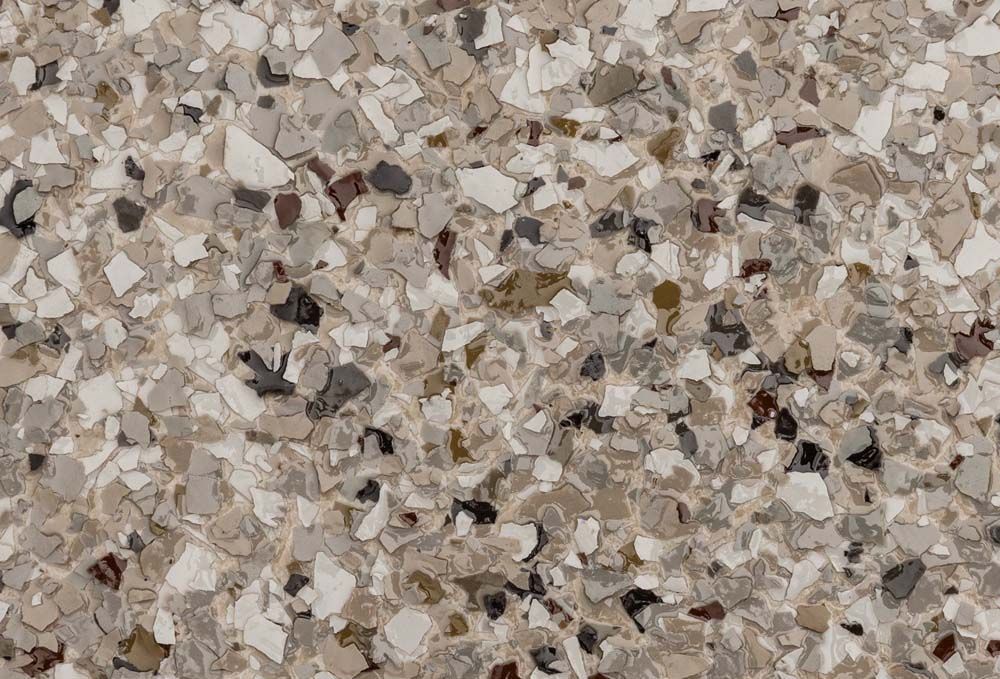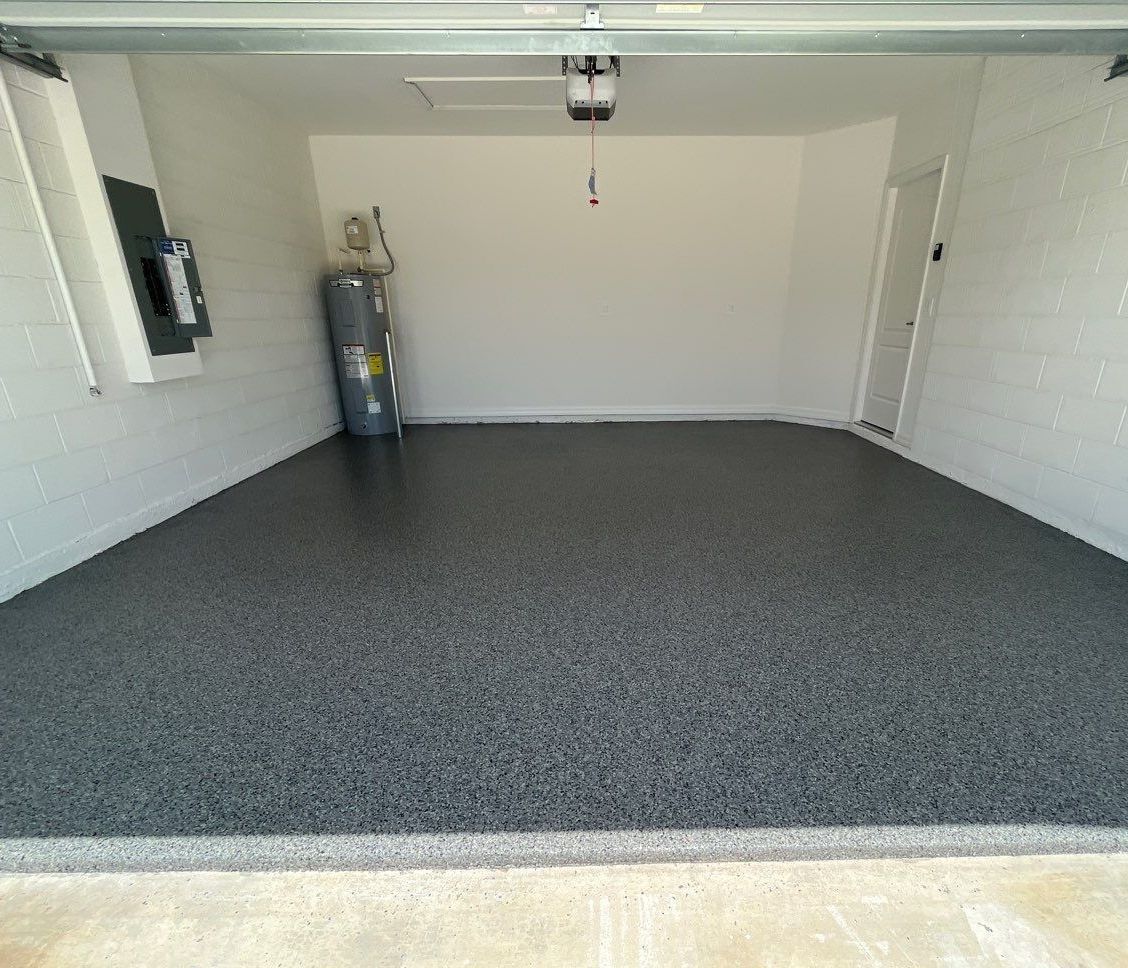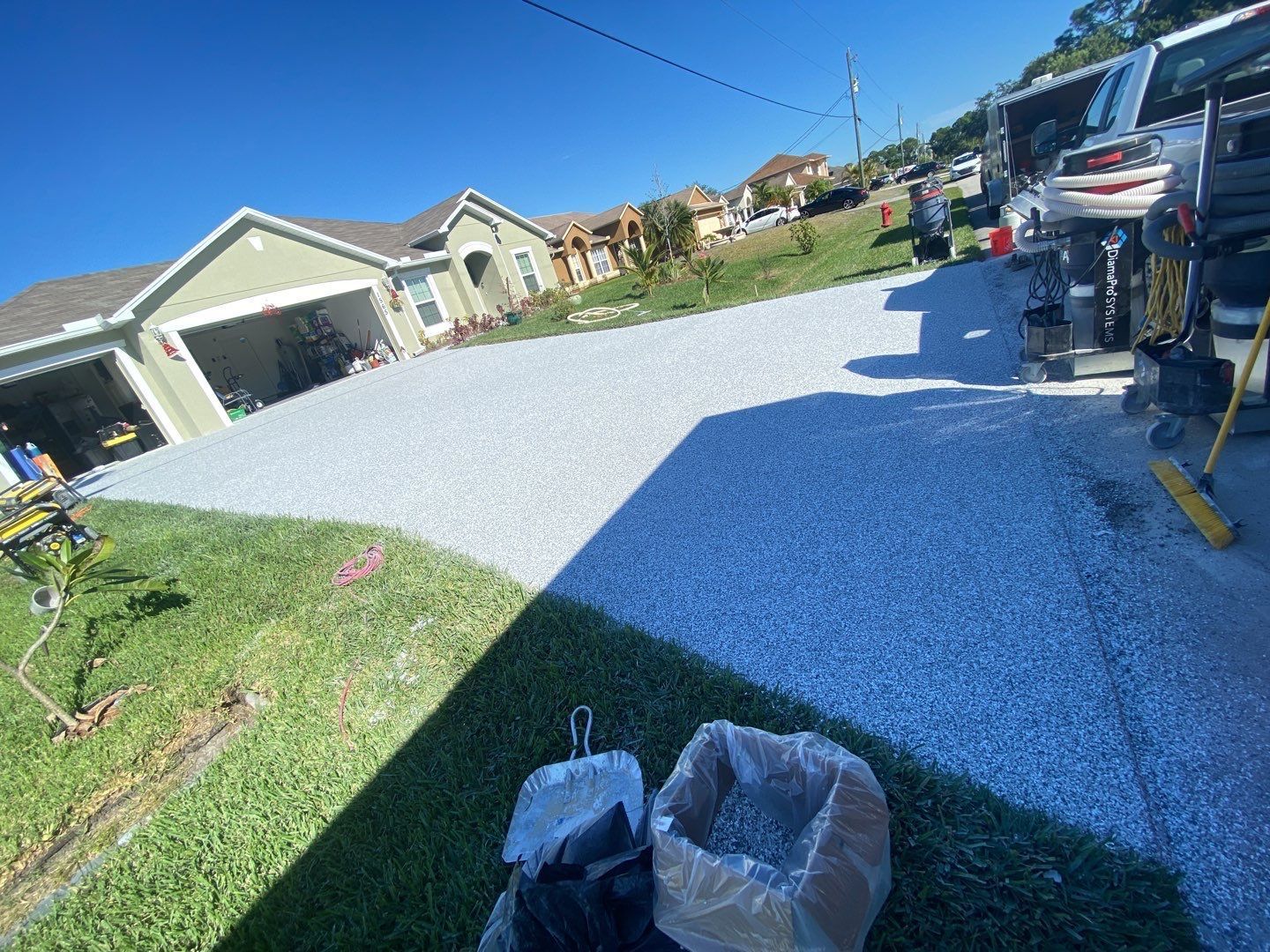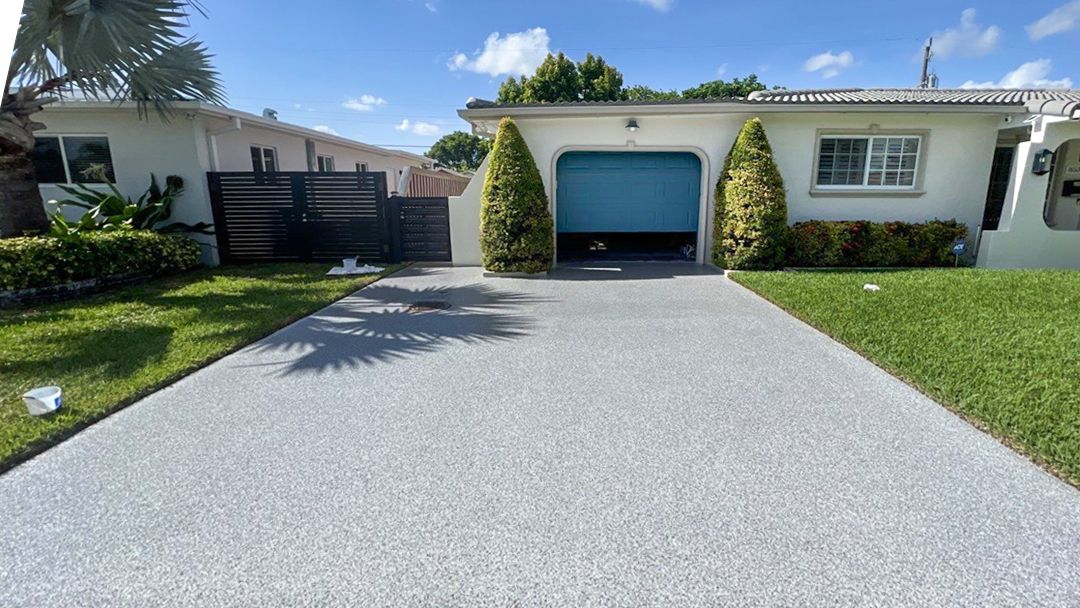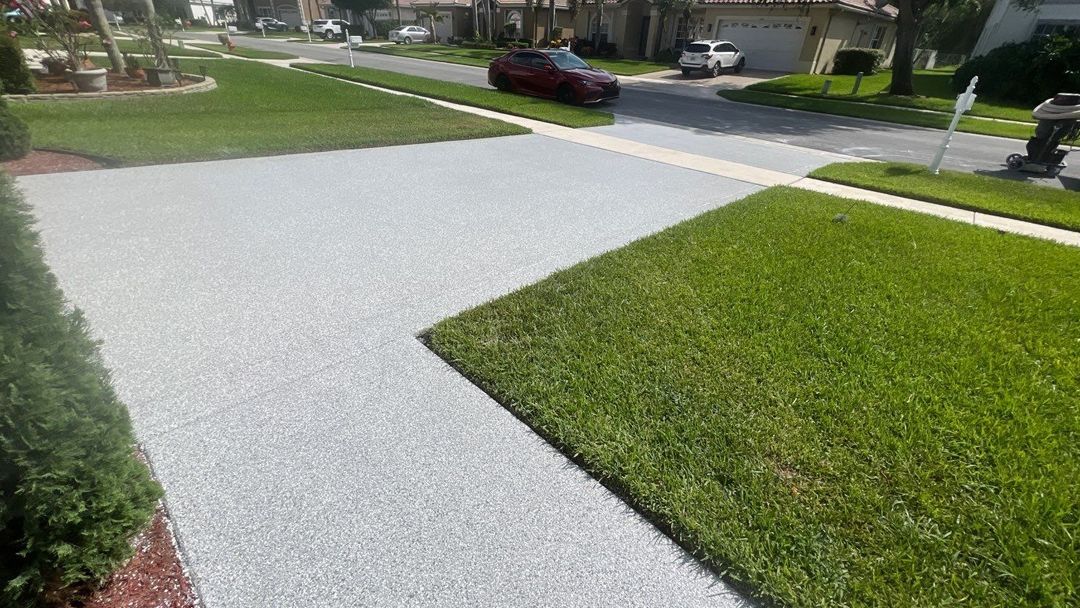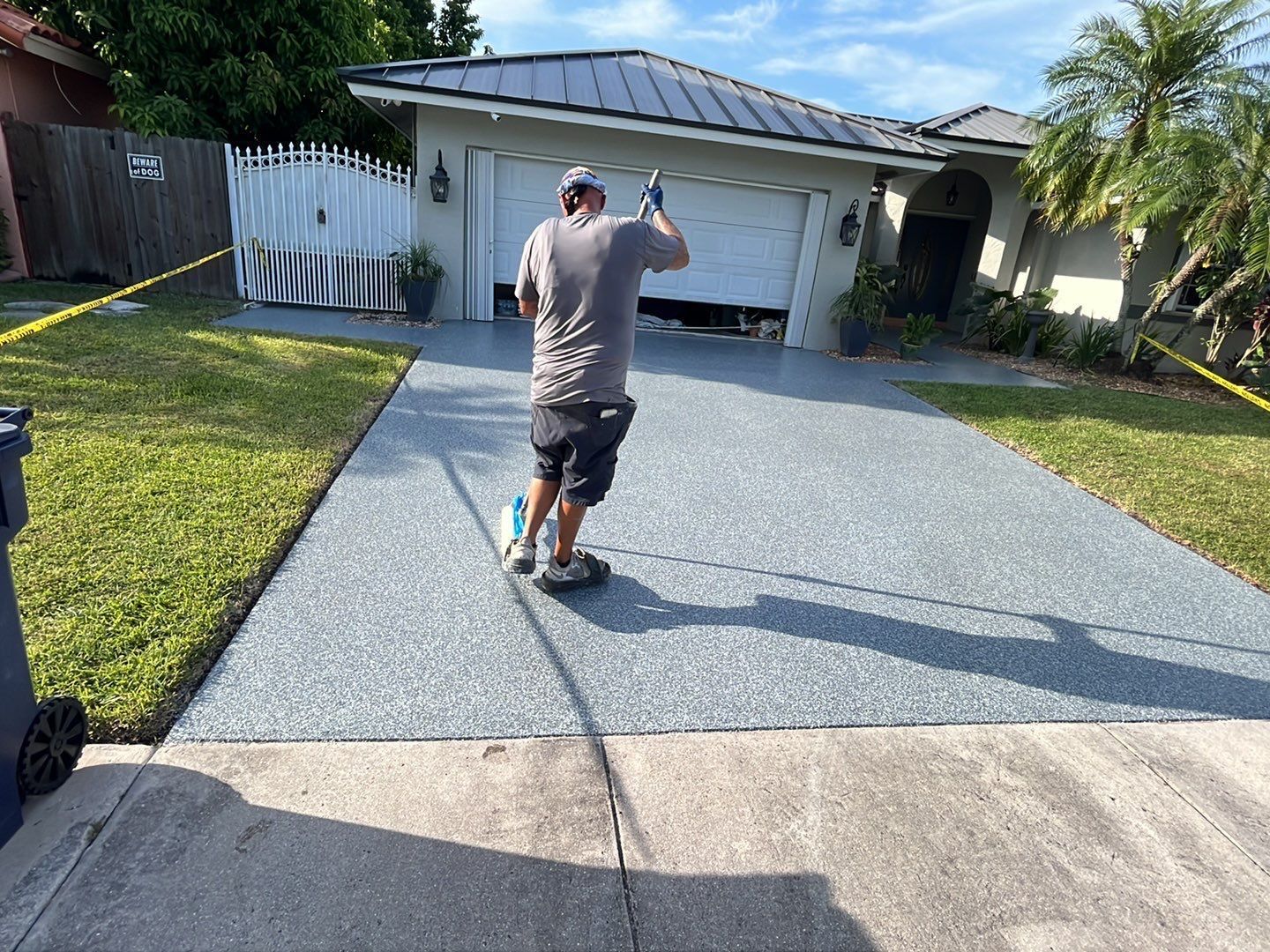Level cement
Leveling cement, also known as self-leveling cement or floor leveler, is a versatile material used in construction and renovation projects to create a smooth, even surface. Whether you're installing new flooring, repairing old concrete, or preparing a substrate for tile or carpet, leveling cement can be your best ally. In this comprehensive guide, we'll delve into everything you need to know about leveling cement, from its types and benefits to its application techniques and common mistakes to avoid.
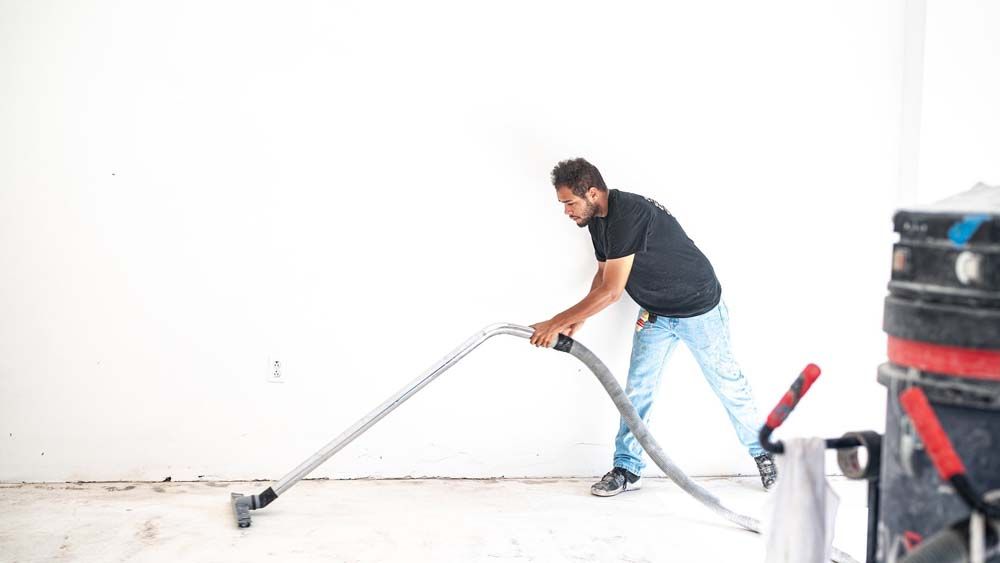
1. Introduction to Level Cement
Leveling cement is a specialized type of cement designed to flow smoothly and self-level when poured. It is commonly used to correct uneven surfaces, fill low spots, and provide a level base for various flooring materials. Unlike traditional cement mixes, which require extensive troweling and leveling by hand, leveling cement offers a more efficient and uniform solution.
2. Understanding the Purpose of Leveling Cement
The primary purpose of leveling cement is to create a flat and level surface, which is essential for the proper installation of flooring materials. By filling in gaps, voids, and depressions in the substrate, leveling cement ensures that the finished floor will be smooth, stable, and free from imperfections.
3. Types of Leveling Cement
Self-Leveling Cement
Self-leveling cement is a popular choice for both professionals and DIY enthusiasts due to its ease of use and consistent results. It is a pre-mixed compound that flows readily and spreads evenly across the surface, automatically filling in low areas and creating a level plane.
Underlayment Cement
Underlayment cement is specifically formulated to provide a smooth and durable base for various floor coverings, such as tile, laminate, vinyl, and carpet. It typically contains additives that enhance bonding strength, moisture resistance, and crack resistance, making it suitable for high-traffic areas.
4. Benefits of Using Leveling Cement
- Versatility: Leveling cement can be used on a wide range of substrates, including concrete, wood, and existing flooring materials.
- Time Savings: Compared to traditional methods, leveling cement significantly reduces the time and effort required to achieve a level surface.
- Improved Aesthetic: By eliminating unevenness and irregularities, leveling cement enhances the appearance and performance of the finished floor.
- Enhanced Durability: Properly applied leveling cement creates a strong and stable foundation that helps prolong the lifespan of flooring materials.
5. Factors to Consider Before Using Leveling Cement
Before using leveling cement, it's essential to assess several factors to ensure successful results.
Surface Preparation
Proper surface preparation is crucial for the adhesion and performance of leveling cement. The substrate should be clean, dry, and free from dust, debris, grease, and other contaminants.
Temperature and Humidity Conditions
Ideal temperature and humidity conditions can vary depending on the type of leveling cement used. It's essential to follow the manufacturer's recommendations to prevent issues such as premature drying or slow curing.
6. Step-by-Step Guide to Using Leveling Cement
Preparing the Surface
Thoroughly clean the substrate and repair any cracks, holes, or damage. Apply a primer if recommended by the manufacturer to promote adhesion.
Mixing the Cement
Follow the manufacturer's instructions to mix the leveling cement to the desired consistency. Use clean water and a suitable mixing tool to achieve a smooth and lump-free mixture.
Applying the Cement
Pour the mixed cement onto the prepared surface, starting from the lowest point and working towards the edges. Use a gauge rake or spreader to distribute the cement evenly.
Smoothing and Leveling
Once the cement is spread, use a smoothing tool, such as a trowel or straightedge, to level the surface and remove any excess material. Allow the cement to self-level and cure according to the manufacturer's recommendations.
7. Tips for Achieving the Best Results
- Work Quickly: Leveling cement has a limited working time, so it's essential to work efficiently to avoid premature drying.
- Use Proper Tools: Invest in high-quality tools and equipment, such as gauging rakes, mixing paddles, and smoothing trowels, for optimal results.
- Follow Instructions: Always follow the manufacturer's instructions regarding mixing ratios, application techniques, and curing times.
8. Common Mistakes to Avoid
- Insufficient Surface Preparation: Skipping or inadequate surface preparation can lead to poor adhesion and uneven results.
- Overmixing or Undermixing: Improper mixing can affect the consistency and performance of leveling cement.
- Ignoring Temperature and Humidity: Extreme temperature and humidity can affect the curing process and result in defects such as cracking or delamination.
9. Applications of Leveling Cement
Leveling cement is commonly used in various residential, commercial, and industrial applications, including:
- Residential Flooring: Preparing subfloors for tile, hardwood, laminate, or carpet installation.
- Commercial Spaces: Leveling concrete floors in retail stores, offices, and restaurants.
- Industrial Facilities: Creating smooth and level surfaces in warehouses, factories, and manufacturing plants.
10. Cost Considerations
The cost of leveling cement can vary depending on factors such as the type of cement, the size of the area to be leveled, and labor costs. However, in general, leveling cement is a cost-effective solution compared to traditional methods that require extensive labor and time.
11. Environmental Impact of Leveling Cement
Many manufacturers offer eco-friendly leveling cement options that incorporate recycled materials and minimize environmental impact. Additionally, the efficient use of leveling cement can contribute to energy savings by reducing the need for heating and cooling in buildings with uneven floors.
12. Alternatives to Leveling Cement
While leveling cement is highly effective for many applications, there are alternative methods for correcting uneven surfaces, such as:
- Grinding and Polishing: Grinding down high spots and polishing concrete surfaces to achieve a smooth finish.
- Floor Patching Compounds: Using patching compounds to fill in small cracks and voids in the substrate.
- Floor Leveling Systems: Installing prefabricated floor leveling systems that provide adjustable support for uneven floors.
13. Future Trends in Leveling Cement Technology
As technology continues to advance, we can expect to see innovations in leveling cement technology, such as
